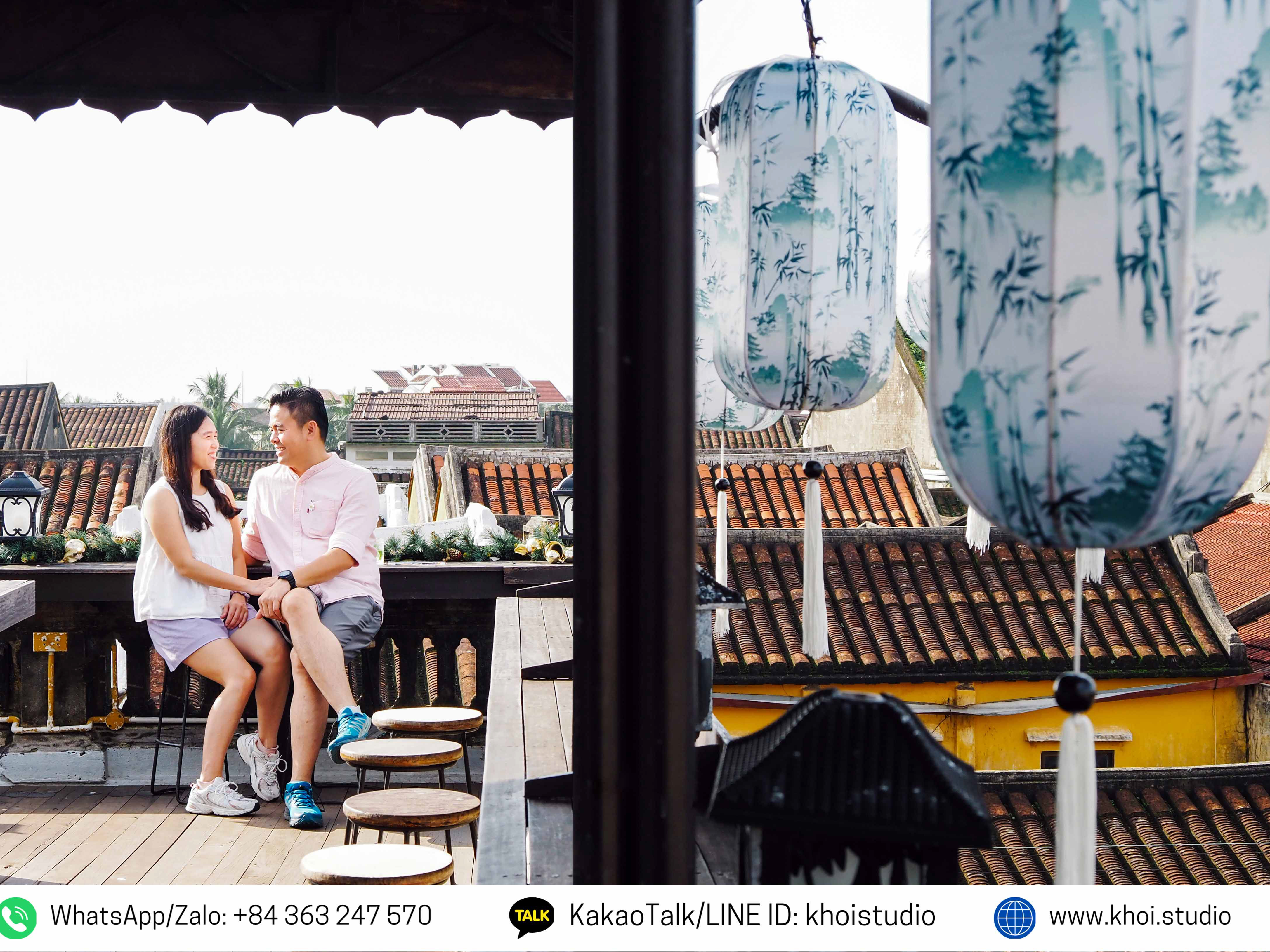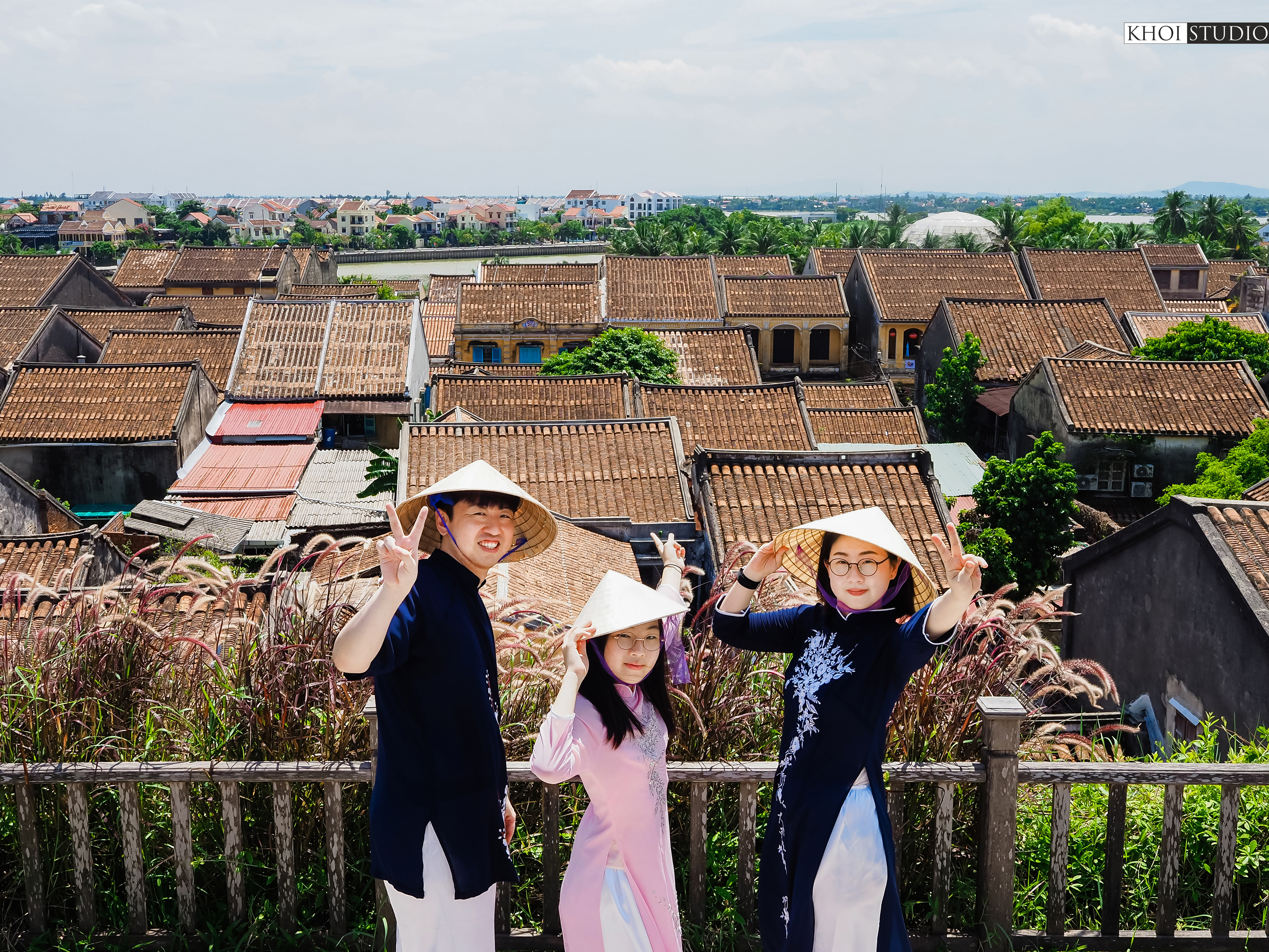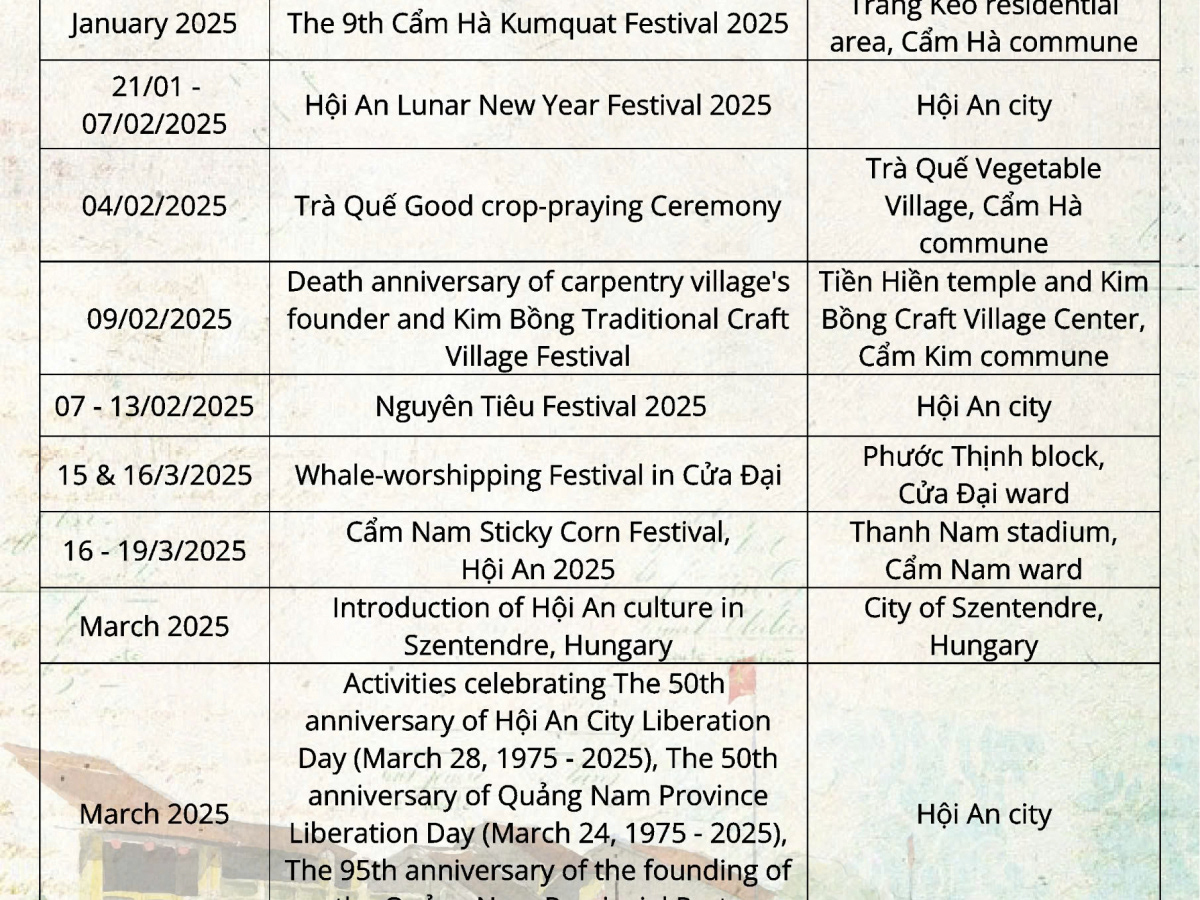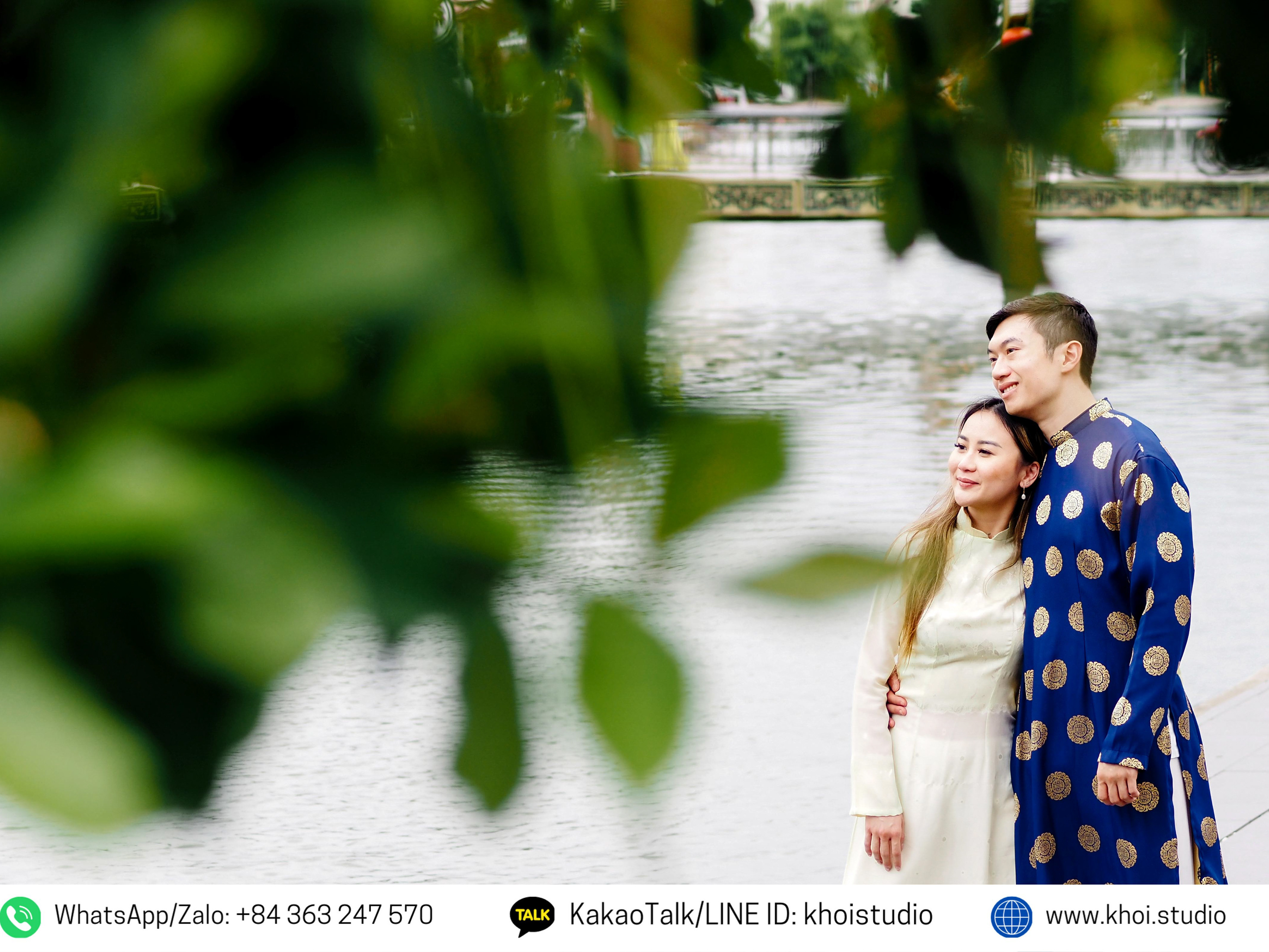A street corner in Hoi An seen from above. Image: Khoi Studio.
Here are the key reasons why Hoi An's scenery is so special:
A "Living Museum" of Architectural Fusion:
Hoi An's architecture is a testament to its past as a major commercial hub. It's an exceptionally well-preserved example of a Southeast Asian trading port from the 15th to the 19th centuries.
The town's buildings and street plan reflect a unique fusion of different cultures. You'll find:
Vietnamese traditional houses: These are characterized by their wooden frames, yin-yang tiled roofs, and narrow but deep layouts designed to adapt to the local climate.
Chinese influence: Chinese merchants and communities built ornate assembly halls, temples, and houses with features like curved tile roofs, intricate carvings, and traditional Chinese decorative details.
Japanese influence: The most famous example is the iconic Japanese Covered Bridge, which features a blend of Vietnamese, Japanese, and Chinese architectural elements. It was built by Japanese merchants in the 16th century and has a unique, striking design.
European influence: Later, French colonial-style houses with features like shuttered windows and ornate balconies were built, adding another layer to the town's architectural tapestry.
Daily life on Tran Phu Street in Hoi An. Image: Khoi Studio.
Preservation and a Stagnated History:
Hoi An's unique charm is largely due to its decline as a major trading port in the late 19th century. As the Thu Bon River became less suitable for large ships and the nearby port of Da Nang rose to prominence, Hoi An was spared from the modernization and urbanization that transformed other cities. This "stagnation" allowed its ancient buildings and original street plan to remain remarkably intact, preserving the town's historical character.
In 1999, UNESCO recognized its exceptional value by designating it a World Cultural Heritage site, further cementing its commitment to preservation.
The Atmospheric Scenery and Vibe: Beyond the individual buildings, the overall atmosphere and visual landscape of Hoi An are what make it so captivating.
Yellow walls: The vibrant yellow-painted walls of the old houses, often adorned with moss, create a warm and picturesque backdrop, especially in the golden light of sunset.
Lanterns: Hoi An is famous for its colorful lanterns, which are hung everywhere. At night, when electric lights are turned off for the monthly full moon festival, the town glows with the soft light of thousands of these traditional lanterns, creating a magical and romantic ambiance.
Narrow, winding streets: The pedestrian-friendly streets are lined with ancient shophouses and are often concealed under the shade of lush trees, inviting visitors to wander and discover hidden gems.
The Hoai River: The gentle river flowing through the town, with its boat trips and the practice of releasing floating lanterns, adds to the peaceful and romantic setting.










